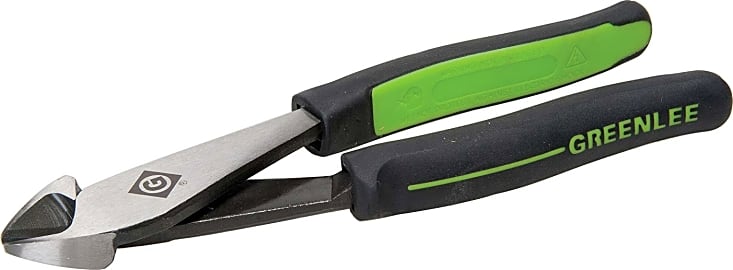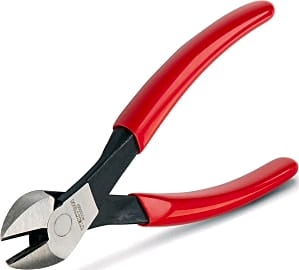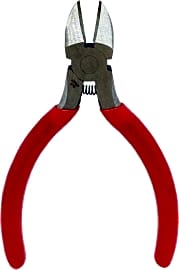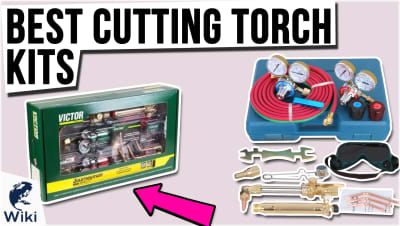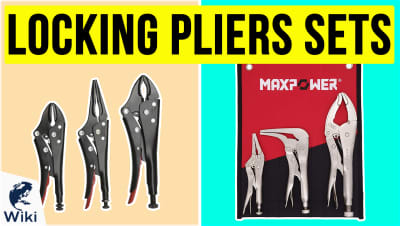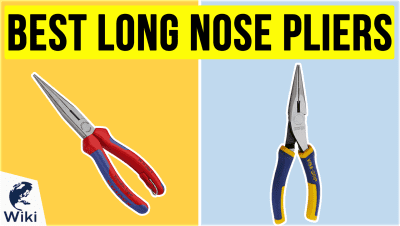The 10 Best Diagonal Cutting Pliers

This wiki has been updated 23 times since it was first published in August of 2019. Often referred to as side cutters or dykes, diagonal cutting pliers are a common first choice for tradespeople looking to slice through wires and fasteners. With sharp edges that extend to the tips of their jaws, they're well-suited to chopping through materials in hard-to-reach places. Note that this ranking is focused on noninsulated options that are not suitable for live-power work. When users buy our independently chosen editorial choices, we may earn commissions to help fund the Wiki.
Editor's Notes
August 22, 2019:
Often referred to as side cutters or dykes, diagonal cutting pliers are a common first choice for tradespeople looking to slice through wires and fasteners. With cutting edges that extend right to the tip of their jaws, they're well-suited to cutting through materials in hard-to-reach places, as well as digging nails and staples out of lumber.
It should be noted that these rankings are focused on noninsulated options that are not suitable for live-power work. If you’re looking to work with live power, you should consider an option with 1000-volt rating, such as the Knipex 74 01 250. In addition to this, if you’re looking to work with live power, and you’re not a licensed electrician – just don’t.
A few things to keep in mind while shopping this category:
What cutting method do the pliers you’re considering use? While many top-end options will use a knife-to-knife cutting method – where two sharpened edges connect with each other, this isn’t always the way to go. With time and wear, all but the best-engineered pliers will come slightly out of alignment, preventing the knives from mating properly and making cutting much more difficult. The knife-and-anvil cutting method, which is favored by several companies including Channellock, involves one sharp edge butting up against a wider, blunt edge. This method is much more forgiving as the rivet on your pliers loosens over time.
How are those handles? You can definitely save a few bucks by settling for some skinny vinyl coating, but the sacrifice you’ll be making at the same time, in terms of user experience, is tremendous. If your budget allows it, find a pair of handles that feel comfortable in your hand, that you can still grip well with sweaty palms.
Where’s the warranty? It might not be the biggest purchase, but if you’re trying to decide between a $10 pair of pliers that’ll last a few months, and a $30 pair with a lifetime warranty, well… you see where I’m going with this. With a selection of top manufacturers backing all their hand tools with a lifetime warranty, there’s no real reason you need to settle for less.





